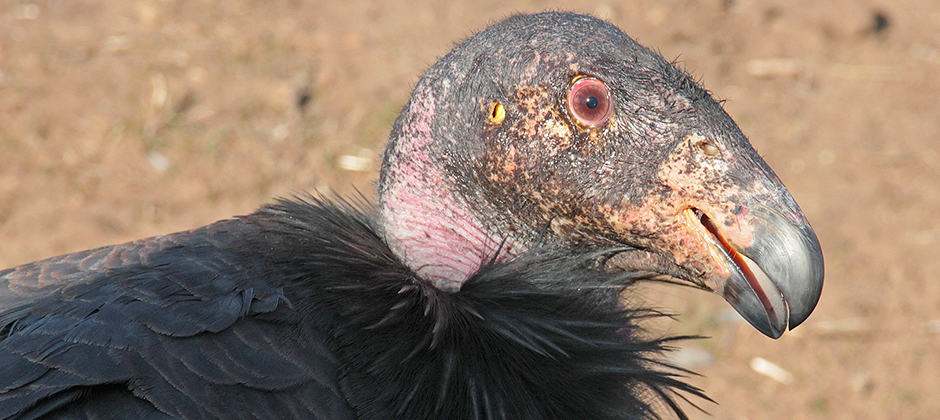Share this article
California condors to be reintroduced in Pacific Northwest
California condors (Gymnogyps californianus), which were first listed as endangered in 1967, under the precursor to the Endangered Species Act, are slated to be reintroduced for the first time in the Pacific Northwest.
Under the proposal recently released by the U.S. Fish and Wildlife Service, the new population will be released in Redwood National Park and designated a “nonessential experimental population” under section 10(j) of the ESA. This designation provides the Service flexibility in the species’ management, while still furthering conservation of the species.
Other nonessential experimental populations (NEP) of condors currently exist in parts of northern Arizona, southern Utah and southern Nevada. Condors also inhabit areas of central and Southern California. This new NEP would include Northern California, northwest Nevada, and Oregon.
The USFWS, National Park Service and the Yurok Tribe, partnering in the reintroduction effort, are undertaking a National Environmental Policy Act process to evaluate various options and examine the possible environmental effects for establishing a condor release facility in the park.
While California condors once ranged from southern British Columbia in Canada to Baja California, by 1987 the birds only existed in captivity. Conservation and reintroduction efforts by USFWS and others helped turn the remnant population of 27 captive birds into a wild population of nearly 300 California condors in central and Southern California, northern Arizona and southern Utah, with about 175 more still in captivity.
The Service will accept comments on the nonessential experimental population proposal until June 4. The National Park Service is accepting comments on its Environmental Assessment until June 4 as well.
Header Image: Condors will be released into the Pacific Norwest under a new proposal from the U.S. Fish and Wildlife Service. ©U.S. Fish and Wildlife Service, Pacific Southwest Region








